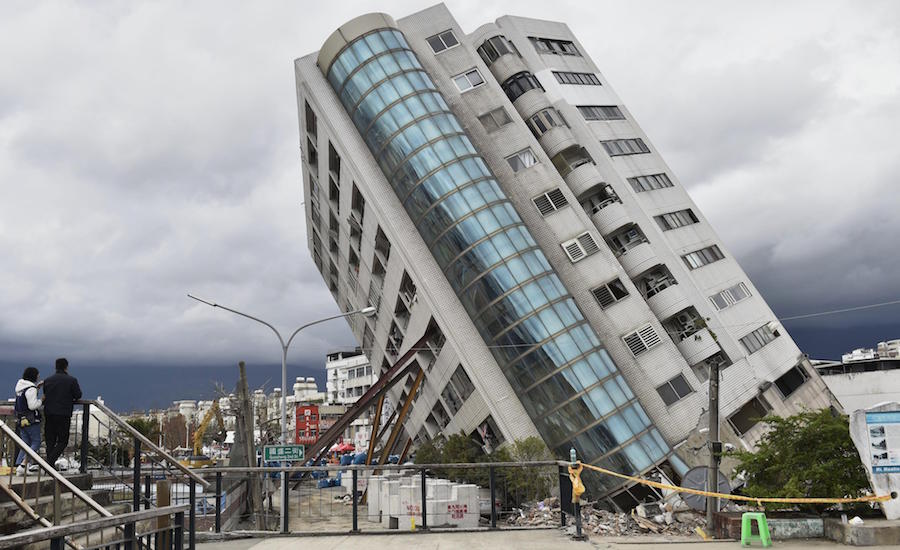Which buildings will survive earthquake, Low rise, or High rise?
The ability of a structure to withstand an earthquake is contingent on several factors, including its design, materials, and location. In general, low-rise buildings are less likely to collapse during an earthquake than taller structures. This is because low-rise structures have simpler designs and are constructed with lighter materials, which are less likely to fail when subjected to earthquake forces.
In contrast, the design of high-rise buildings can be more intricate, and they are frequently constructed with heavier materials to support their height and weight. As a result, they are generally more susceptible to collapse during a tremor, especially if they are situated in regions with a high seismic hazard.
It is essential to note, however, that the design and construction of a building play a significant role in its earthquake resistance. A well-designed and well-constructed high-rise building can be designed to withstand strong seismic forces and can be equipped with sophisticated systems such as base isolation or calibrated mass dampers to reduce seismic impact. Similarly, inadequately designed and constructed low-rise structures may be more susceptible to earthquake damage.
The ability of a building to withstand an earthquake ultimately depends on several factors, including its design, materials, location, as well as the magnitude and duration of the earthquake. To ensure the safety of building occupants, structural engineers must consider all these factors when designing and constructing buildings in earthquake-prone areas.
Disclaimer: This content is provided solely for your review. Erusu Consultants takes no liability for this article. The reader is advised to form their own opinion. Please consult a structural engineer before making any final decisions.






